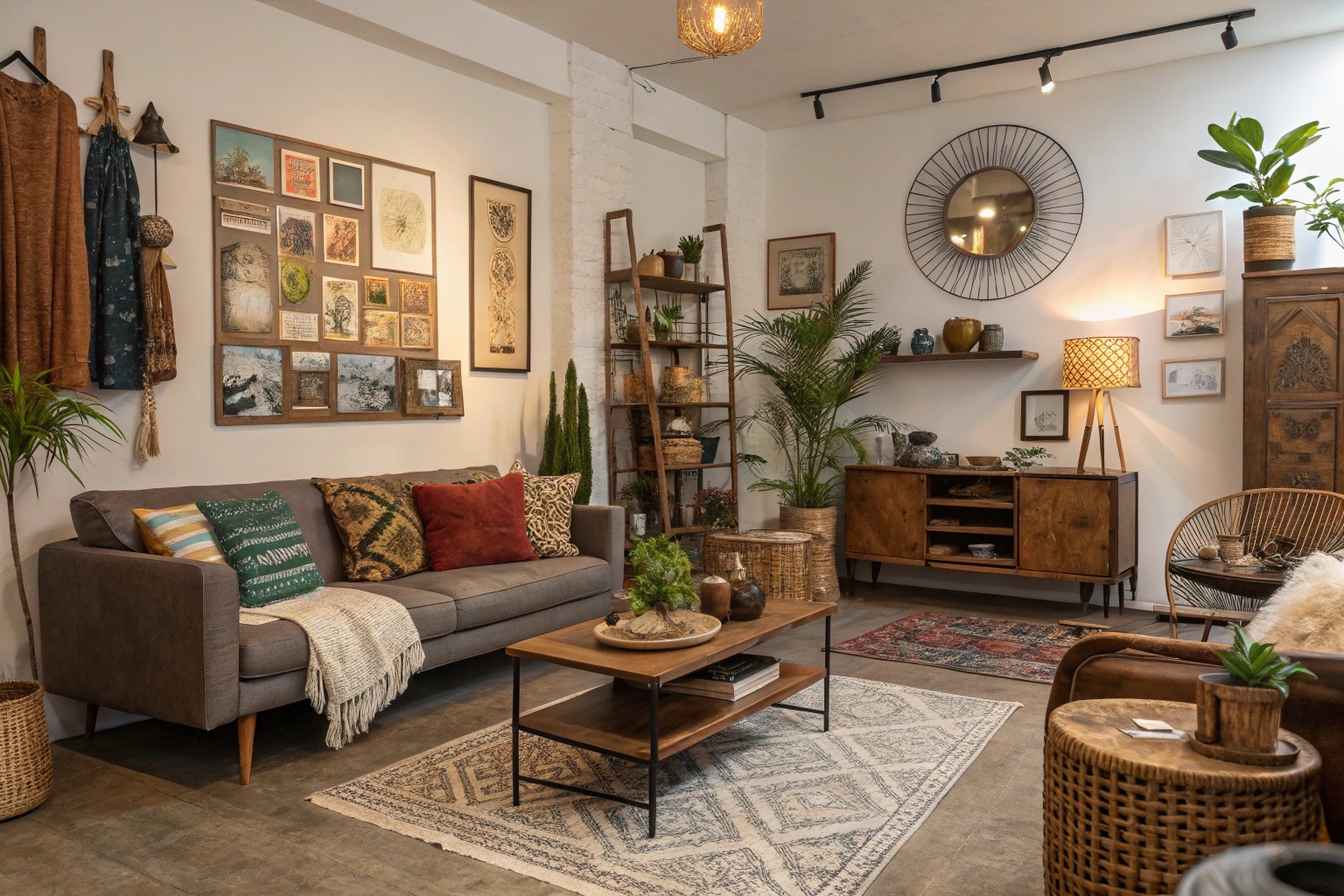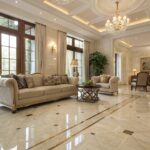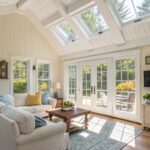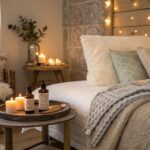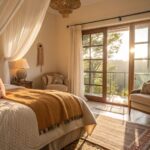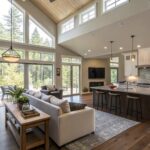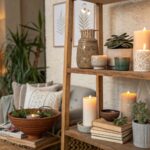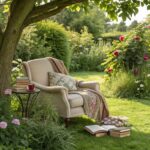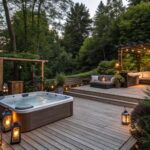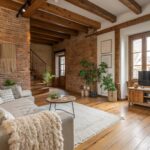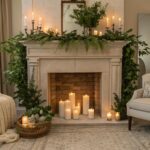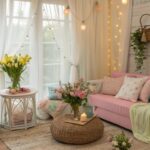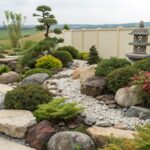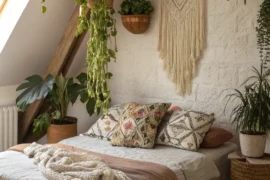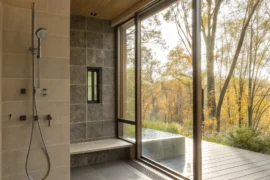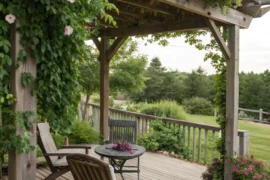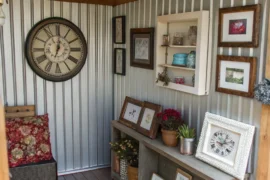In my experience, the most fascinating interior spaces are rarely those dedicated to a single style. Rather, they’re thoughtfully composed harmonies where contrasting design elements coexist in delicate balance. Creating a home where different aesthetics merge successfully requires an understanding of both design principles and the art of compromise. This guide explores how to navigate the complexities of blending design styles to create spaces that feel cohesive, intentional, and deeply personal.
The Psychology Behind Mixing Design Styles
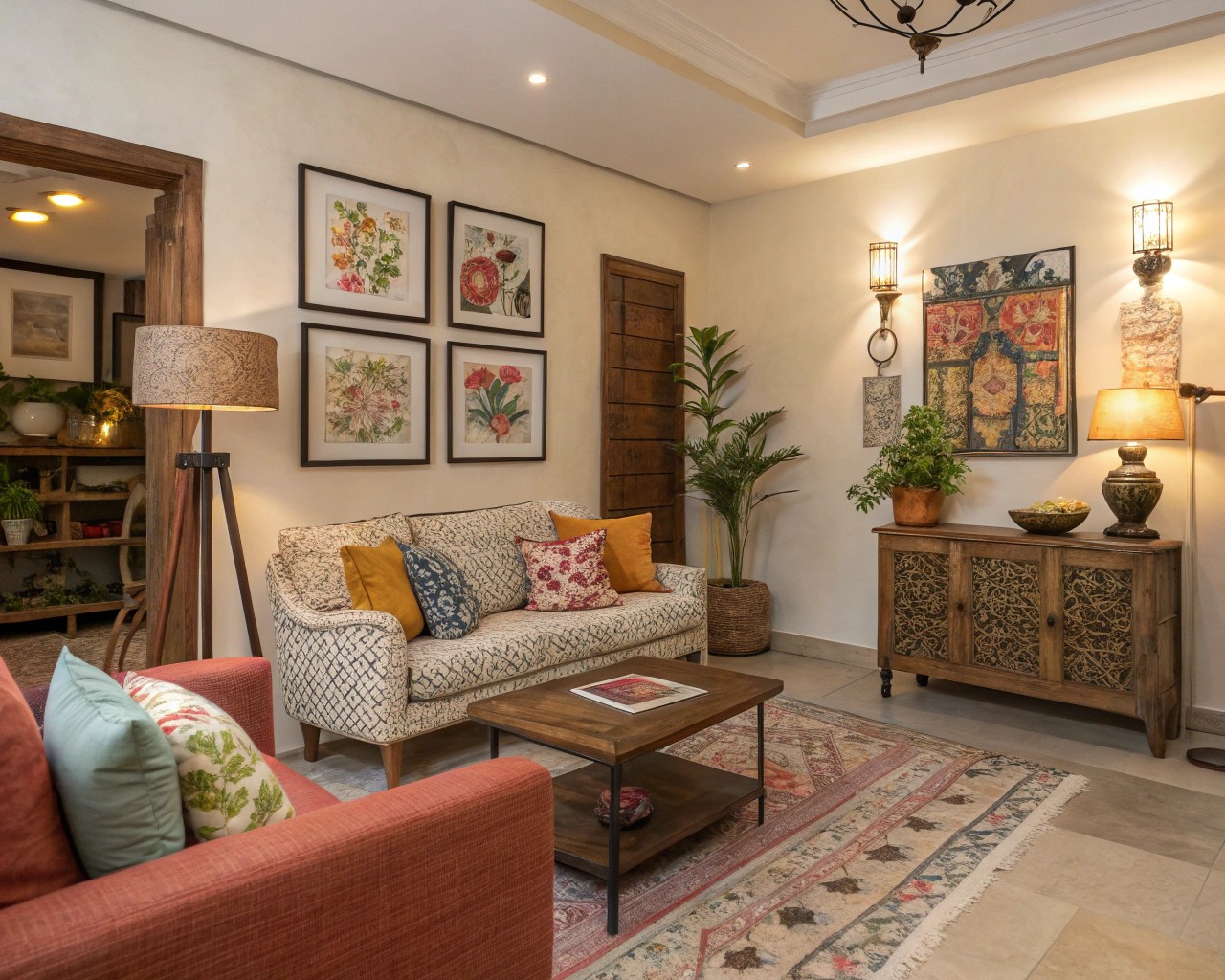
The most compelling interiors are built upon contrasts—modern with traditional, rustic with refined, minimal with eclectic. When done successfully, merging different design styles:
- Adds depth and personality to spaces
- Creates visual interest through purposeful contrast
- Accommodates different preferences when multiple people share a space
- Prevents environments from feeling dated or predictable
- Allows personal history to shine through curated collections
Successfully combining interior design styles hinges on achieving a delicate equilibrium where different aesthetics coexist harmoniously, ultimately crafting a home that reflects your unique identity. The psychological benefit is significant—spaces that successfully blend styles feel both stimulating and comforting.
Finding Your Primary and Secondary Styles
Before attempting to merge styles, you must clearly understand the defining characteristics of each. We often advise clients to identify which elements from competing styles they’re most drawn to as a starting point.
The Style Spectrum: Understanding Key Aesthetics
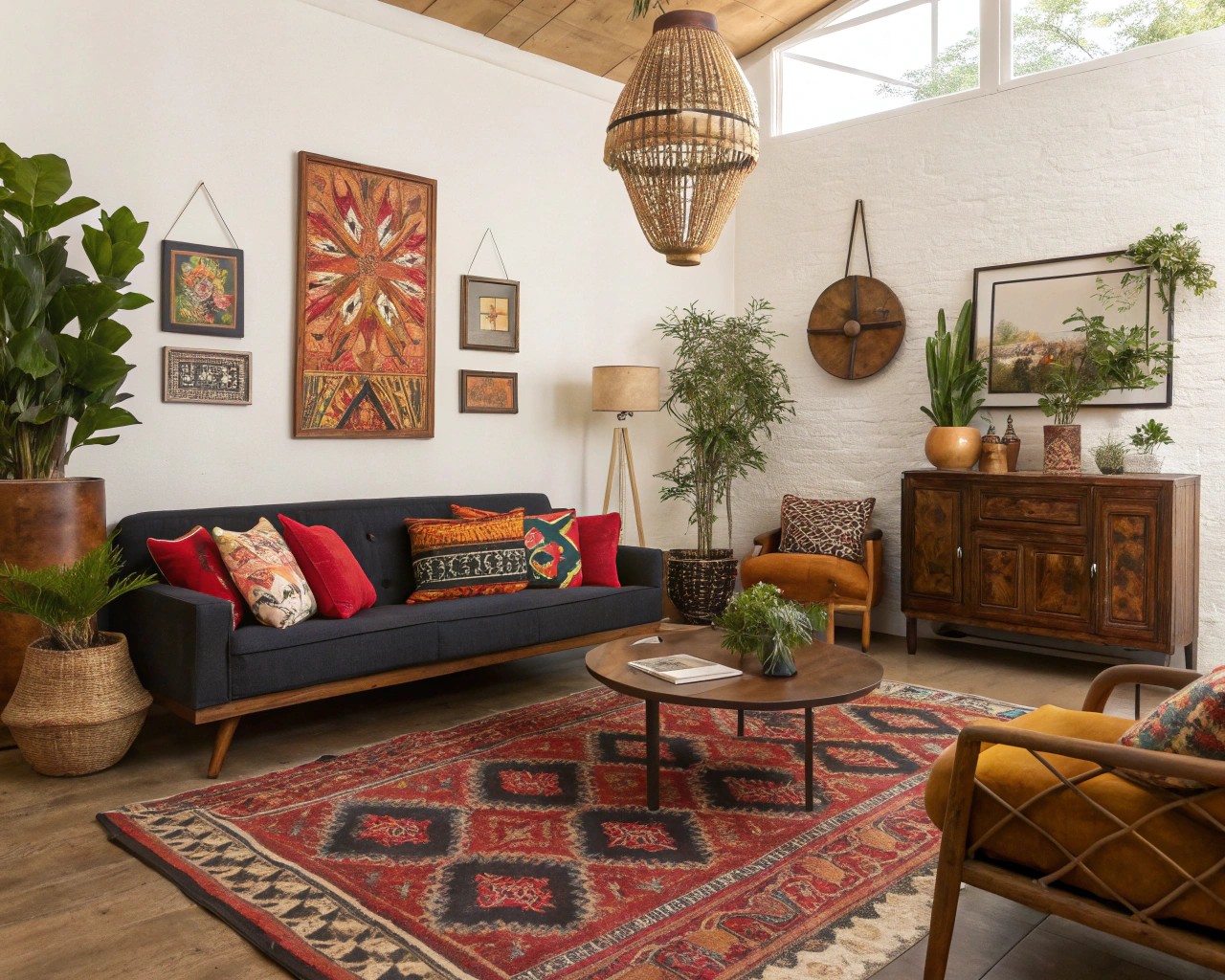
| Style | Key Characteristics | Signature Elements | Complementary Pairings |
|---|---|---|---|
| Modern | Clean lines, minimalist, functional | Glass, metals, concrete | Traditional, Industrial |
| Traditional | Classic, symmetrical, detailed | Crown molding, antiques, rich textiles | Modern, Transitional |
| Mid-Century | Organic curves, geometric patterns | Tapered legs, iconic chairs | Bohemian, Scandinavian |
| Bohemian | Eclectic, layered, global | Mixed textiles, plants, patterns | Mid-Century, Industrial |
| Industrial | Raw, utilitarian, weathered | Exposed brick, metals, pipes | Modern, Bohemian |
| Scandinavian | Light, natural, simple | Light woods, clean forms | Mid-Century, Coastal |
| Transitional | Balanced, updated classics | Traditional forms with modern finishes | Traditional, Modern |
| Fusion | Deliberately eclectic, bold | Diverse materials, vibrant colors | Can incorporate multiple styles |
The Rule of Three
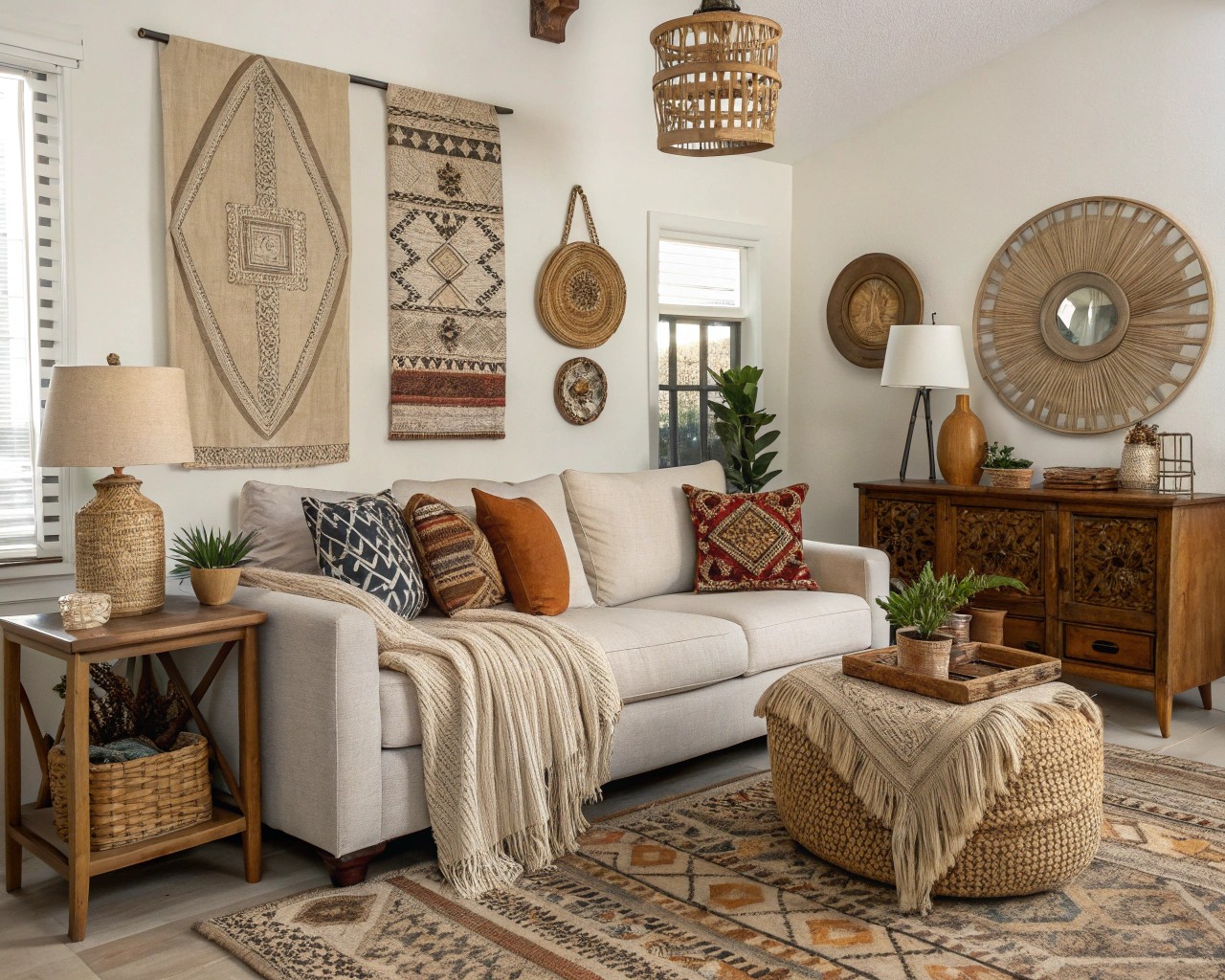
One principle I’ve found consistently effective is limiting your style mix to just 2-3 primary influences. Sticking to two or three styles helps craft a distinctive blend that reflects personal taste, whereas incorporating too many can lead to a confusing mismatch. This constraint forces intentionality and helps maintain visual coherence.
The 60-30-10 Principle
Every successful design fusion needs a dominant style to provide structure, with secondary styles adding contrast and interest:
- 60% primary style (establishing the foundation)
- 30% secondary style (creating interest and contrast)
- 10% accent style or unique elements (adding personality)
This distribution creates a sense of intentional hierarchy rather than stylistic confusion.
Successful Style Marriages
Some style combinations work particularly well together, creating harmonious relationships that highlight the strengths of each aesthetic.
Modern & Traditional
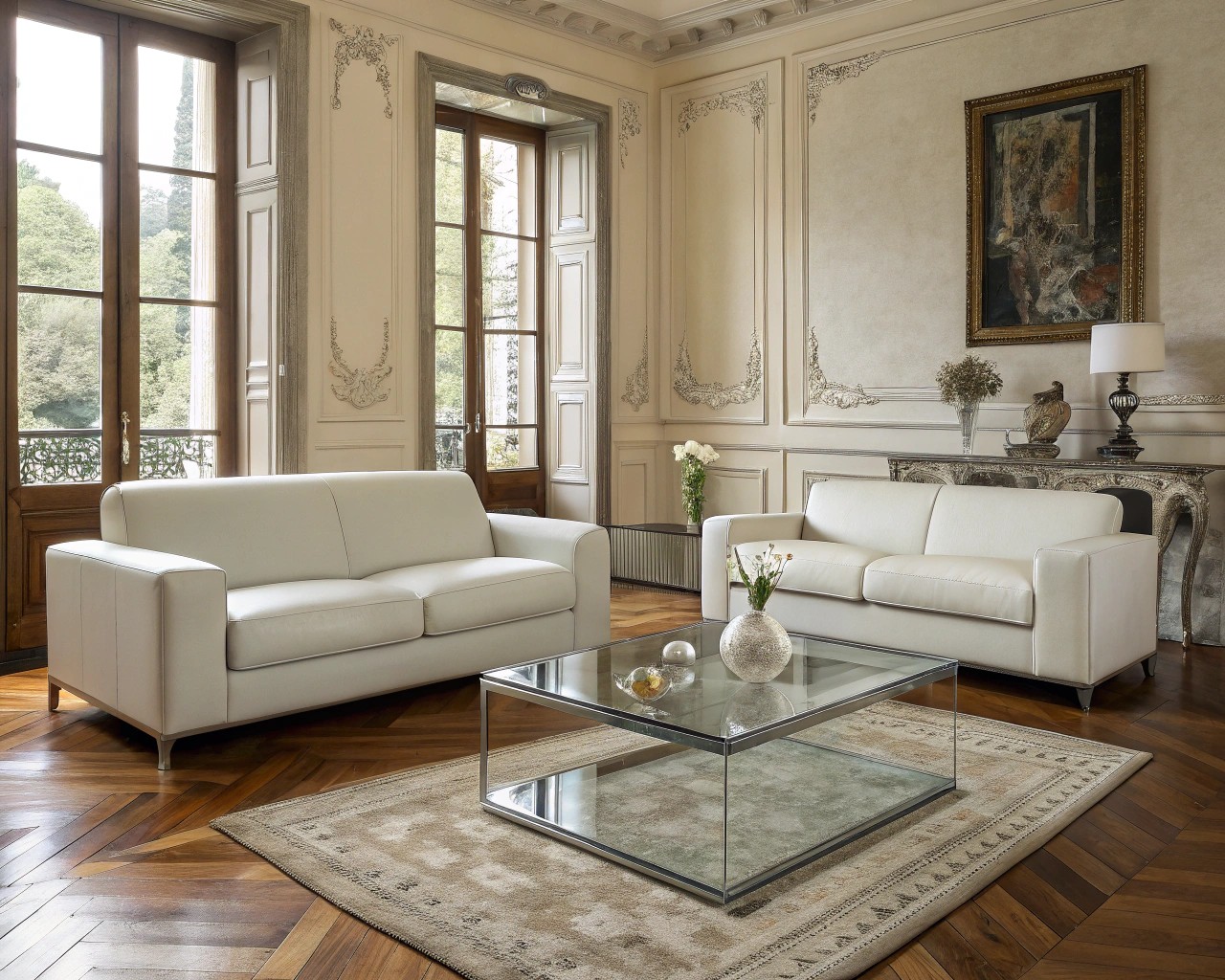
This pairing has gained tremendous popularity because each style addresses the other’s limitations. Traditional elements add warmth and character that modern spaces often lack, while modern pieces add freshness and prevent traditional spaces from feeling stuffy.
Key Elements for Success:
- Clean-lined modern furniture with traditional architectural elements
- Contemporary lighting fixtures in traditional spaces
- Traditional patterns reinterpreted in contemporary colors
I worked with a young family who had inherited their grandparents’ colonial home. We preserved architectural details like crown molding and a classic fireplace while introducing a low-profile modern sectional and geometric lighting. The resulting space honored the home’s history while reflecting the couple’s contemporary lifestyle.
Bohemian & Mid-Century Modern
This combination works beautifully because both styles share an organic sensibility while offering different strengths. The rich textures, colors, and patterns typical of Boho style can infuse warmth into Mid-Century Modern interiors. Conversely, the clean lines and structure of classic MCM design provide a grounding counterpoint to the free-spirited, pattern-heavy Bohemian look.
Key Elements for Success:
- Mid-century case goods with clean lines
- Bohemian textiles, plants, and global accessories
- Natural materials throughout
- Warm wood tones as a unifying element
Classic & Luxe
Similar to the modern-traditional mix but with a more glamorous feel, this pairing often involves elements like brass statement lighting and gold accents combined with traditional features such as library-style bookshelves or a prominent fireplace. The two styles complement each other effectively—luxe elements add sparkle to traditional pieces, which in turn lend gravitas to more glamorous accents.
Principles for Harmonious Style Integration
1. Unite Through Color
One of the most effective ways to bridge different styles is through a consistent color palette. Even dramatically different pieces can feel related when they share color connections.
When working with competing styles, we typically:
- Choose 3-5 core colors that appear throughout the space
- Use different tones and shades of these colors across different elements
- Consider how different materials reflect or absorb these colors
2. Find Common Ground in Materials
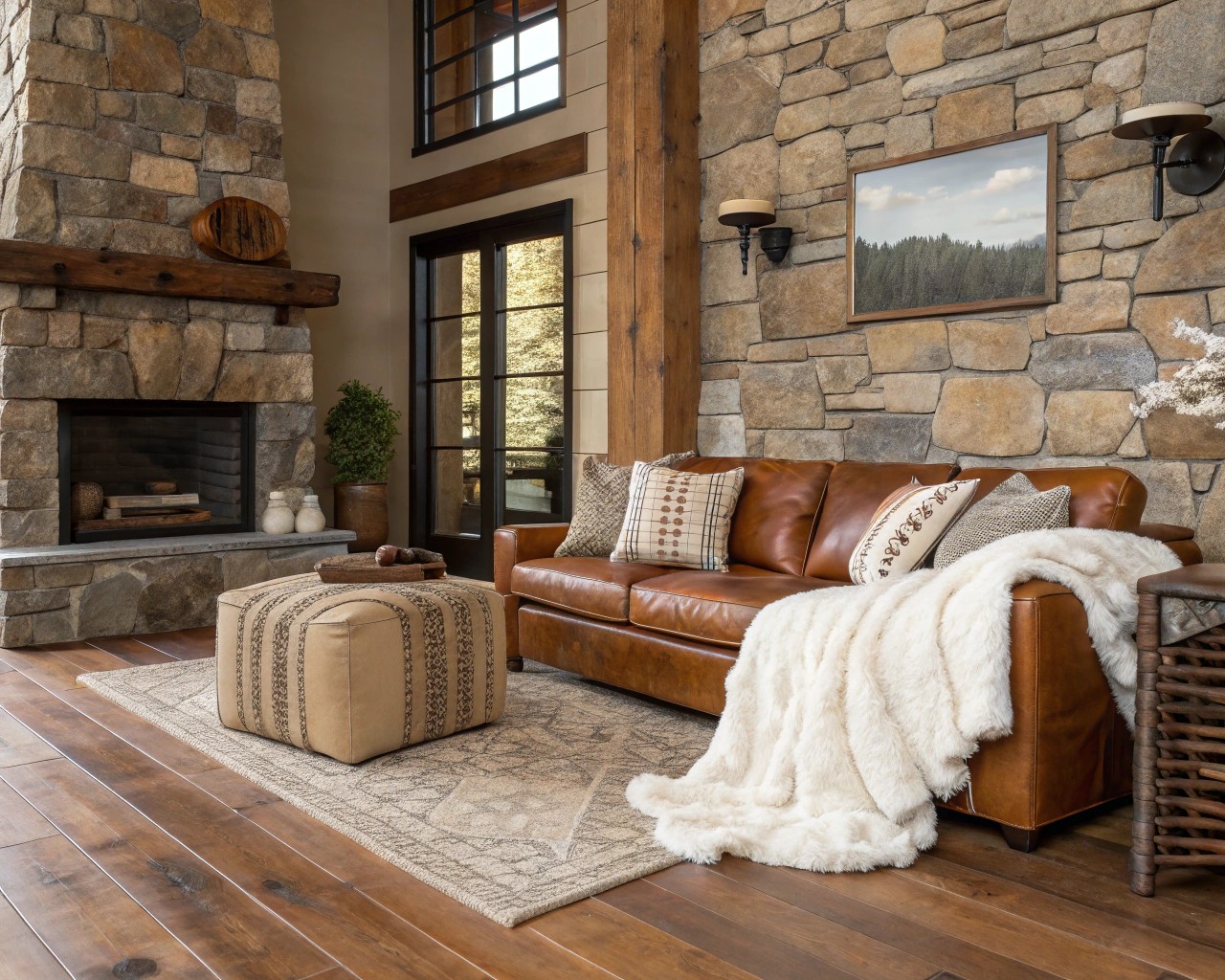
Materials can serve as translators between different design languages.
For example, in a project merging industrial and traditional styles, we used:
- Aged brass finishes (satisfying the traditional aesthetic) in stripped-back, minimal fixtures (pleasing the industrial sensibility)
- Weathered woods that spoke to both rustic industrial and antique traditional sensibilities
- Natural stone that bridged refined and raw aesthetics
3. Respect Architectural Context
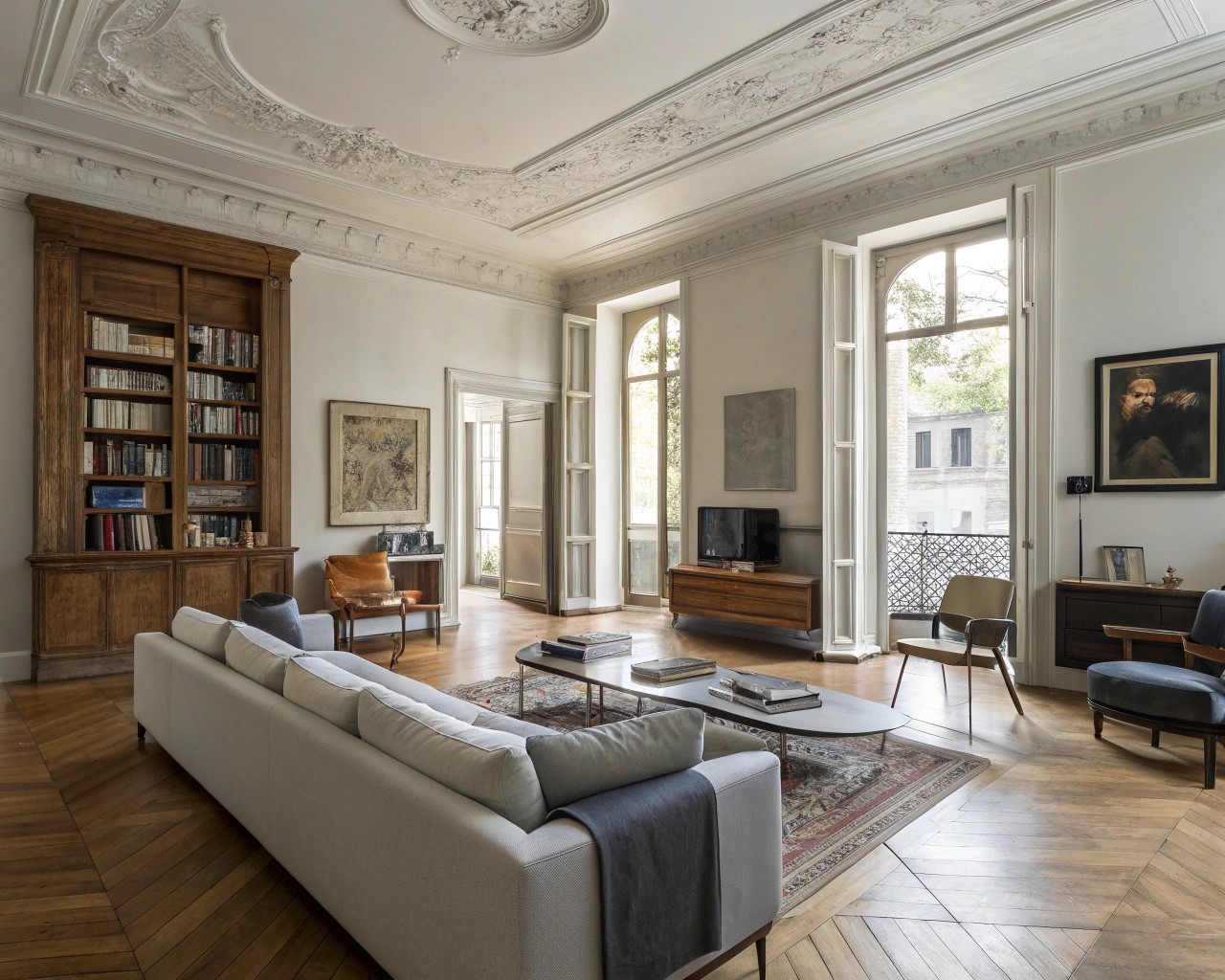
It’s generally advisable to align interior design choices with the architectural style of the home. Whether dealing with a modern structure or a classic Victorian, ensuring the interior complements the architecture helps maintain a cohesive flow throughout the space.
This doesn’t mean being constrained by architecture—rather, it’s about finding creative ways to honor the bones of your space while expressing personal style.
Balancing Old and New
One of the most common style marriages involves vintage or antique pieces with contemporary elements. As noted by some experts, “An essential component of timeless design is the delicate balance between old and new. Introducing vintage or antique pieces alongside modern elements adds intrigue”.
Finding the Right Balance
There isn’t a strict formula for the ratio of old to new. However, a room dominated solely by new major items like sofas, chairs, and rugs might feel impersonal. Conversely, an environment filled exclusively with antiques could resemble a vintage shop rather than a comfortable home. The key lies in achieving a thoughtful mix.
We typically advise:
- For traditional rooms wanting modern freshness: 70% traditional, 30% modern
- For contemporary spaces seeking warmth: 70% modern, 30% traditional or vintage
- For truly balanced transitional spaces: Roughly 50/50, with careful attention to scale
The Indoor-Outdoor Style Marriage
One of the most important style marriages in contemporary design is between indoor and outdoor spaces. Creating a seamless transition between these environments expands your living area and enhances wellbeing.
Creating Cohesive Indoor-Outdoor Transitions
To successfully marry indoor and outdoor design:
- Use consistent flooring materials
Employing seamless flooring is an effective method to visually blend outdoor and indoor areas, unifying the space and extending the perceived living area. - Incorporate floor-to-ceiling glass elements
Beyond increasing natural light and airflow, large glass features like floor-to-ceiling windows and doors that open externally are excellent for merging the interior with the outdoors, also making smaller rooms appear larger. - Mirror materials and forms
Extend interior elements like wood tones, color palettes, and furniture styles to outdoor spaces to create visual continuity. - Bring nature inside
To truly integrate both worlds, complement extending indoor comforts outside by also incorporating natural elements, like plants, within the interior spaces.
A client with a modest bungalow dramatically expanded their living space by extending interior tile flooring onto their covered patio and selecting outdoor furniture that echoed their interior pieces. The garden became a true extension of their living room, visually doubling their usable space.
Case Study: The Transitional Georgian
Consider a project involving a 1940s Georgian-style home where the owner appreciated multiple design styles. The initial brief for the design firm (CBA) involved opening up the kitchen and family room with a Transitional approach, while the pool house was envisioned as contemporary.
This project demonstrates how a consistent transitional approach can successfully integrate various style preferences throughout a traditional home. By maintaining some traditional architectural elements while introducing cleaner lines and more contemporary functions, the designers created spaces that honor the home’s heritage while meeting modern needs.
Embracing Fusion Style
For those drawn to many different styles, fusion design offers a solution. This approach, which emerged in the late 20th century, encourages breaking conventional rules, offering freedom for creative expression and experimentation with diverse textures, materials, and decor.
Characteristics of Successful Fusion Spaces:
- Thoughtful Background
Neutral colors like white, gray, and brown are frequently used for backgrounds—covering ceilings, walls, and floors—either individually or in combination, providing a calm canvas for eclectic elements. - Bold Accent Colors
Fusion style embraces vibrant color accents against neutral backgrounds. - Pattern Play
Fusion interiors often feature an abundance of diverse patterns that can coexist harmoniously, contributing to a unique and creative atmosphere. - Material Diversity
When creating a fusion style, a wide array of materials can be confidently combined for decoration and decor, including options like bamboo or cork wallpaper, natural stone, mosaics, tiles, wood, laminates, and decorative plaster.
The key to successful fusion is maintaining visual balance despite the diversity of elements.
Common Pitfalls When Marrying Styles
In our experience helping clients merge different design aesthetics, we’ve observed several common mistakes:
- Too many competing elements
- Insufficient commitment to each style
- Lack of unifying elements
- Ignoring scale relationships
- Forcing incompatible combinations
Practical Steps for Your Own Style Merger
When approaching your own style-merging project, follow these steps:
1. Identify Your Must-Haves
Have each household member list their non-negotiable elements or features. Understanding what matters most to each person helps establish priorities.
2. Find Common Ground
Look for shared preferences in:
- Colors you both/all love
- Materials that appeal to everyone
- Feelings you want the space to evoke
- Functional needs you all share
3. Create a Unified Concept
Before selecting specific pieces, establish a clear concept that articulates how your styles will interact, based on:
- A shared color story
- A transitional period where styles overlapped historically
- A common material palette
- A unified mood or feeling
4. Use Transitional Pieces as Bridges
Some designs naturally bridge different styles. These “connector pieces” can help ease transitions:
- Contemporary pieces with traditional materials
- Modernized versions of classic forms
- Vintage pieces with clean, simple lines

